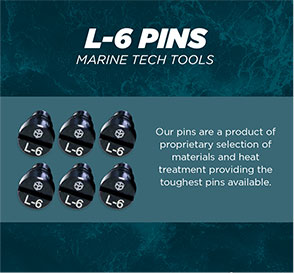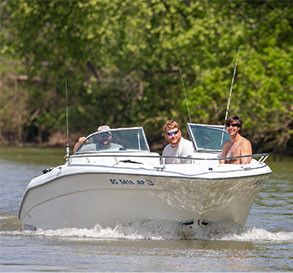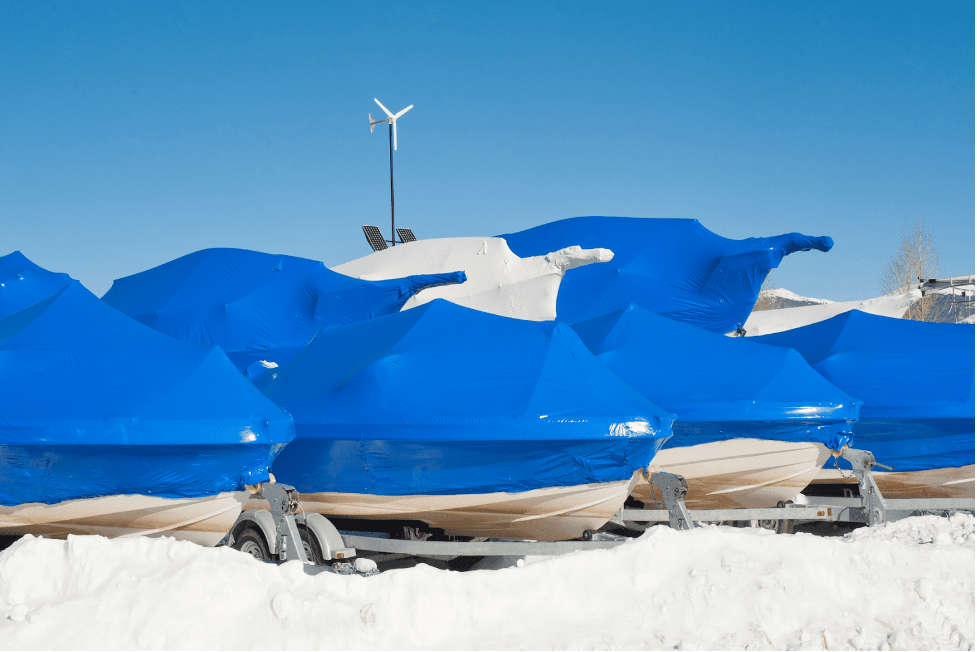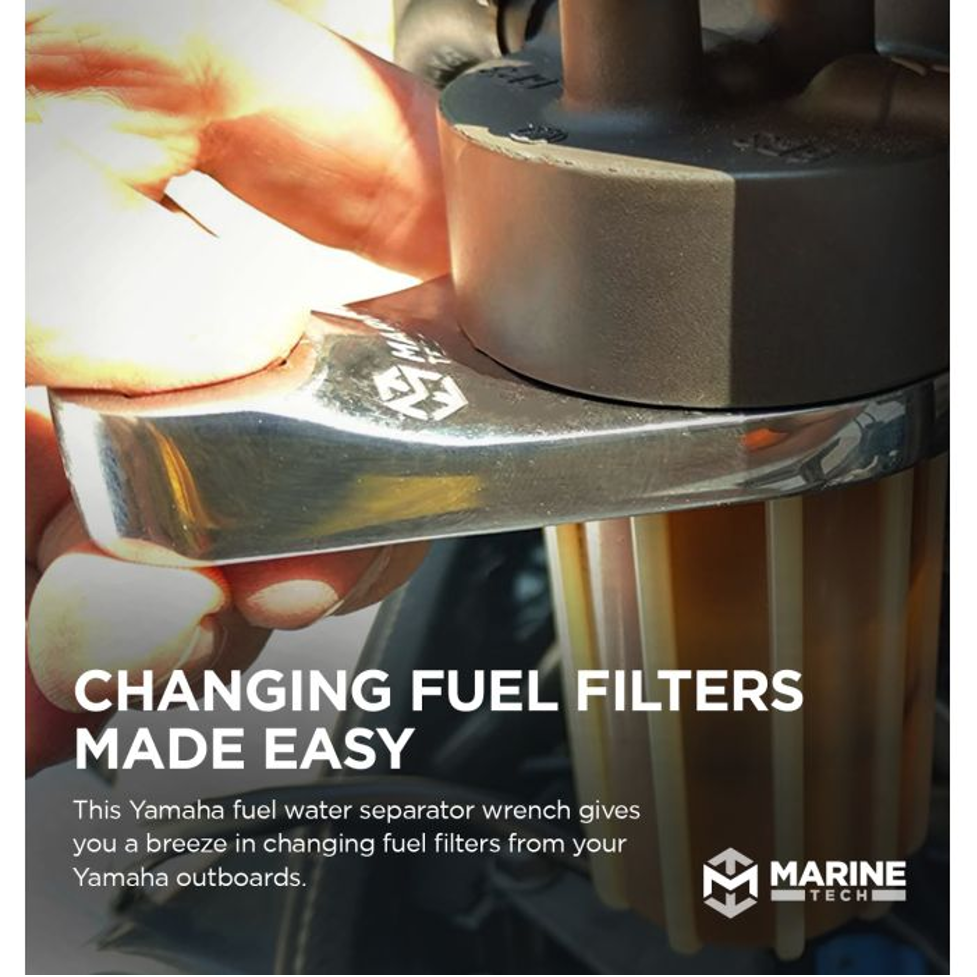If you’re looking for a way to get the whole family outdoors one last time before winter sets in, fishing is a great activity for all ages and levels of experience. You can keep it simple and close to shore, or you can venture out into deeper waters.

Whichever method you choose, you’ll want to have an idea of what you’re looking for before you start, as the fish people target changes with the seasons as well as the location. Fishing inshore will yield different results than offshore, but so will fishing in the fall versus in the spring.
If you’ll be fishing in the coastal south this fall, here are some fish to look out for, as well as common places you might find them.
Inshore Fishing

Inshore fishing, as the name suggests, is done close to shore and in water that is up to 30 meters deep. It’s typically a little easier than offshore fishing and requires less complex equipment. While these fish may be lighter in weight, they may also be found — and caught — in greater numbers.
If you’re going inshore fishing this fall, here are some types of fish to look out for.
Redfish (or Red Drum)
One of the most popular targets. Redfish are prevalent throughout the coastal south, as they can live in a variety of environments. Look for them in inlets, grass flats, marshes, along beaches, and in other shallow waters.
Speckled Sea Trout
Another popular choice, named for the dark spots on their bodies and fins. Speckled Sea Trout typically travel in large schools, and put up a strong fight when caught. Look for them in waterways and shallow Gulf waters.
Flounder (or Southern Flounder)
These fish live around the coast of the Atlantic and the Gulf during most of the year. Flounder are flat and round, with large mouths that usually call for large-sized bait. Look for them near tidal creeks and shallow, muddy waters, but be sure to catch them before they head offshore for the winter.
Shrimp
Shrimp are usually caught using nets or traps and are great for use as bait to catch other types of fish as well. Shrimp baiting, a practice unique to South Carolina, is a technique of luring shrimp to the nets using bait. There are strict regulations on how this is to be done, and participants are required to purchase a license.
Offshore Fishing

Offshore fishing is done in deep waters (more than 30 meters deep) away from the shore. Due to the depth of water and the often larger fish, you will need sturdier, more complex equipment than you would for inshore fishing.
If you’re going offshore fishing this fall, here are some types of fish to look out for.
Wahoo
These are some of the fastest fish in the sea. Wahoos are long and narrow, blue and silver in color, and have mouths full of sharp teeth. Look for them in areas with deep water above rocks, sunken wrecks, or other underwater structures.
Sailfish
Another fast, feisty fish, characterized by its sail-shaped dorsal fin. Look for them off the coast of Florida, especially in the 60-mile stretch known as Sailfish Alley.
King Mackerel
Also known as Kingfish, Kings, or Smokers, this is a rapid-growing fish that can grow as large as six feet in length. Look for them offshore in the Atlantic, or in the Gulf.
Grouper
Grouper are common throughout the coastal south. There are actually more than 60 different species of grouper, and they tend to be very large. Look for them in colder waters near underwater structures like shipwrecks.
Black Sea Bass
Black sea bass are technically more of a winter/early spring catch. Black Sea Bass prefer colder waters and will venture closer to shore in the winter months. Look for them around structures like reefs and live shore areas, where they will eagerly devour whatever they can.
Excited to Go Fishing This Fall?
Whether you choose to fish inshore or head out to deeper waters this fall, knowing what fish to look for and how to land them is key to bringing in a satisfying catch!













